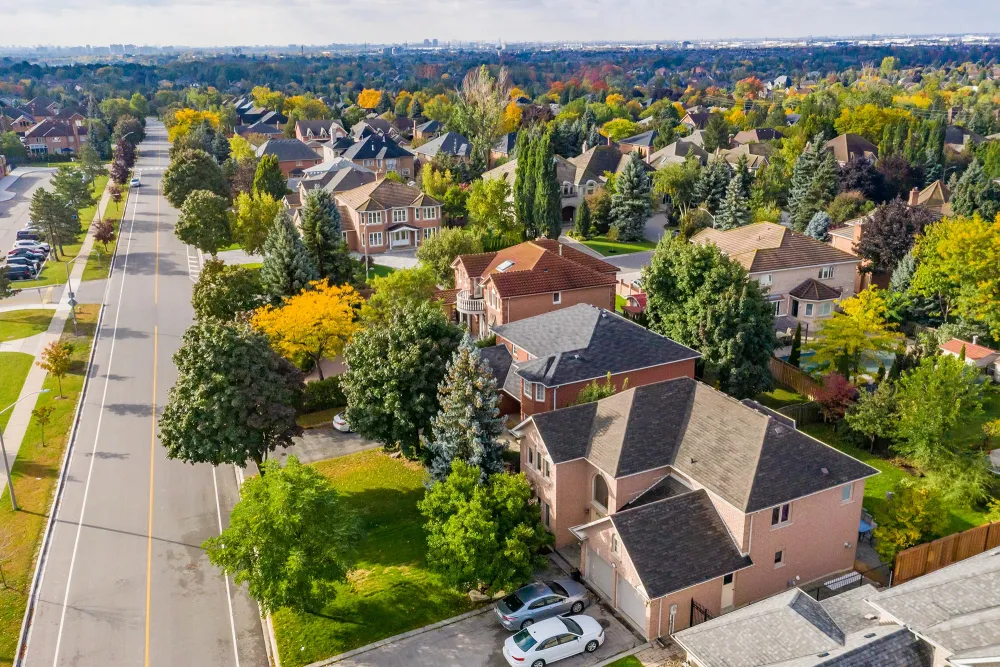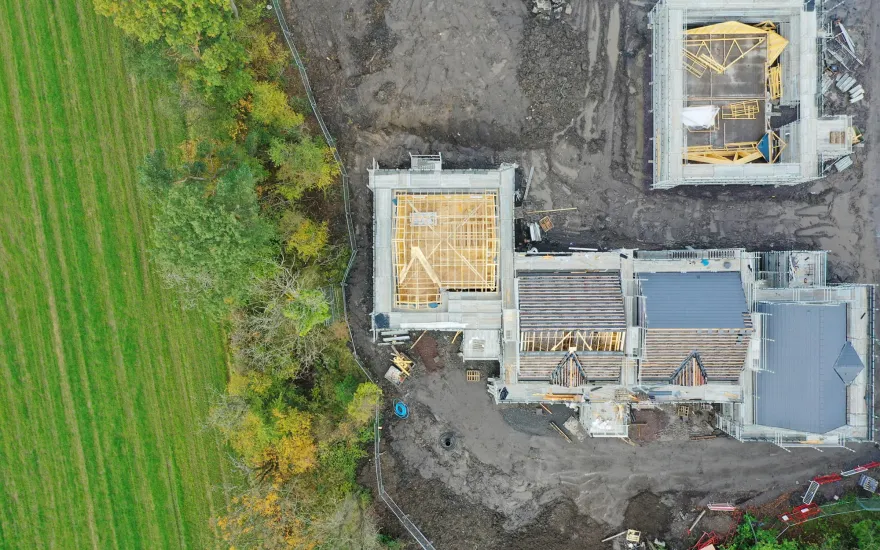Now live: The 2025 Canopy Report. Learn how Americans see trees. GET THE REPORT
Bulletin
Identify and Manage Hazardous Defects in Your Trees
Prevent personal injury and property damage

Trees are key to the enjoyment of your backyard woods.
Structurally defective trees, however, can fail and cause personal injury and property damage. A tree with struc¬tural defects likely to cause failure is considered a “high risk or hazardous tree” if it could strike a target. A target can be a vehicle, building, or a place where people gather such as a bench, picnic table, trail, or fire pit.
Many structural defects that contribute to tree failure can be prevented through proper tree planting and pruning practices.
To ensure your family and friends have a safe environment in which to enjoy the beauty and many benefits of your backyard woods, you can learn to recognize hazardous defects in trees and take corrective actions. At the same time, you can increase wildlife habitat, aesthetic value, and recreational opportunities within your backyard woods.
A professional forester or arborist should undertake many of the suggested corrective actions. Because of the natural variability of trees, the severity of their defects, and the different sites on which they grow, evaluating trees for hazardous defects can be a complex process. The follow¬ing are guidelines, not absolute rules, for recognizing and correcting high-risk tree defects. When in doubt, consult a professional forester or arborist.
In This Bulletin
Here’s what’s inside:
- Inspecting trees – factors to consider
- Defects to look for – seven main types of defects and when to act immediately
- Corrective Actions – recommended options for correcting problems
